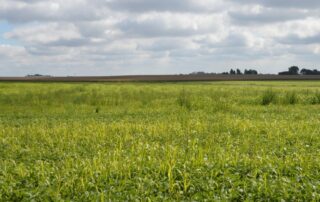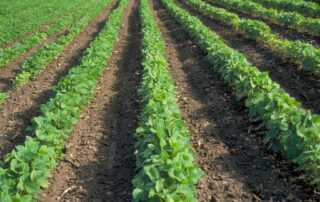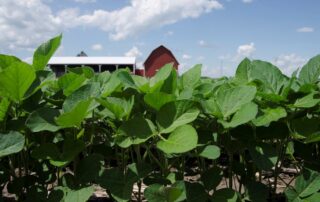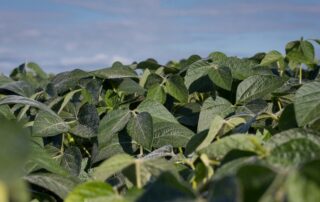Agronomy: Webinar: Climate-Induced Reduction in US-Wide Soybean Yields
Shawn P. Conley, professor of agronomy at the University of Wisconsin-Madison, produced a webinar focusing on how extreme weather events and climate variation over the past 30 years have affected soybean yields. Topics he reviews include which months are most susceptible to yield loss from extreme weather, the importance of developing a strategy specific to your location, and which areas are most prone to future monetary losses. View the 12-minute webinar here.
Agronomy: Soy Summit: Rockford
The 2016 Soybean Summit ended on a high note with more than 150 soybean farmers meeting in Rockford, Illinois on Friday, March 11 to learn about steps they can take to reach their mission of higher yields. Bryce Anderson of DTN and Bryce Knorr of Penton/Farm Progress anchored the day as the two keynote speakers. Attendees also got to listen and network with many other soybean experts including breakout session speakers: Marion Calmer (Calmer Corn Heads, Inc.), Vince Davis (BASF), Andrew Hoiberg (Calcium Products) and Shawn Conley (University of Wisconsin). Three additional soybean farmers also participated in a roundtable [...]
Plant and Soil Health: WEBINAR: Boron Nutrition for Soybeans
Boron is an essential micronutrient that is critical for soybean plants to thrive. It is required for cell wall and xylem formation, cell elongation, metabolism of nitrogen and more. However, the incorrect amount of boron can lead to visibly stunted and unhealthy plants. Nathan Slaton, Ph.D., professor of soil fertility at the University of Arkansas, led the webinar below and provided numerous helpful soybean photos that growers can reference to recognize boron deficiency or toxicity in their fields. Key Takeaways: Conditions that can contribute to boron deficiency: High pH soil, above 6.5 Soils with low organic matter Dry soil [...]
Disease Management: SDS Control Now Comes On The Seed
Sudden Death Syndrome (SDS) is a major soybean disease in Illinois and across the Corn Belt—flare-ups are still unpredictable and can be especially devastating. Flare-ups are usually associated with early planting and wet, compacted soils that remain saturated during emergence. The only solution has been to make sure the soils and headlands have internal drainage, delay planting till later in May when soil conditions are drier and warmer, and plant a variety that tolerates SDS. Soybean cyst nematodes (SCN) can worsen the SDS problem. SDS invades roots during seedling emergence and infects the crown region of the soybean seedling. [...]






 and then
and then